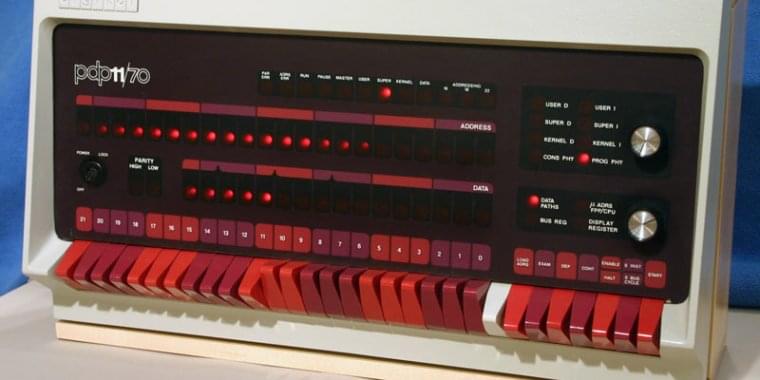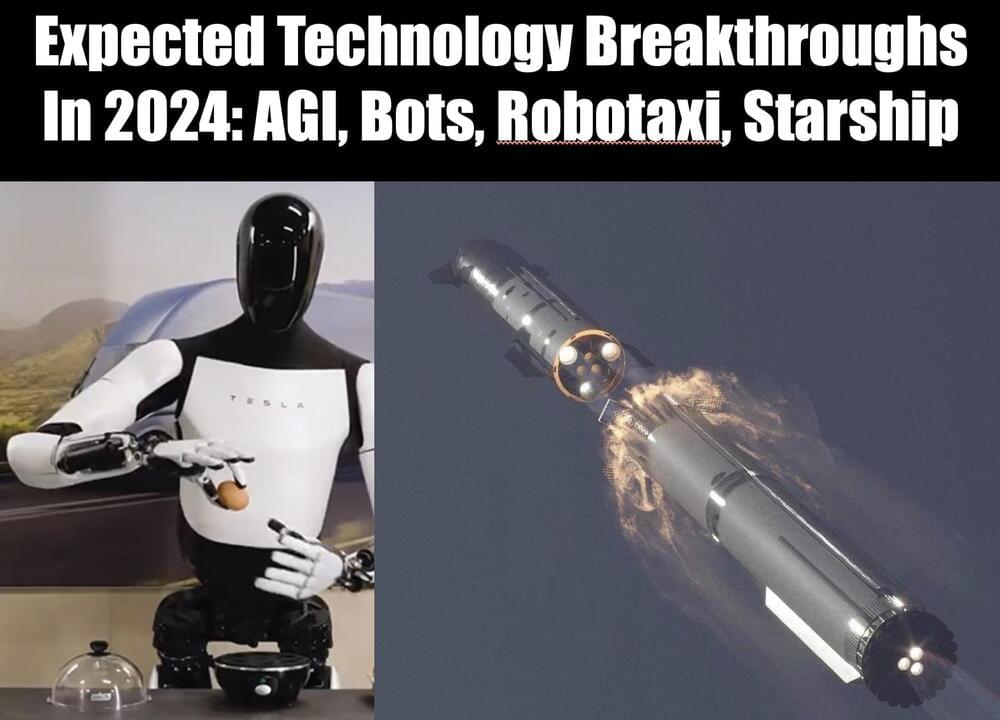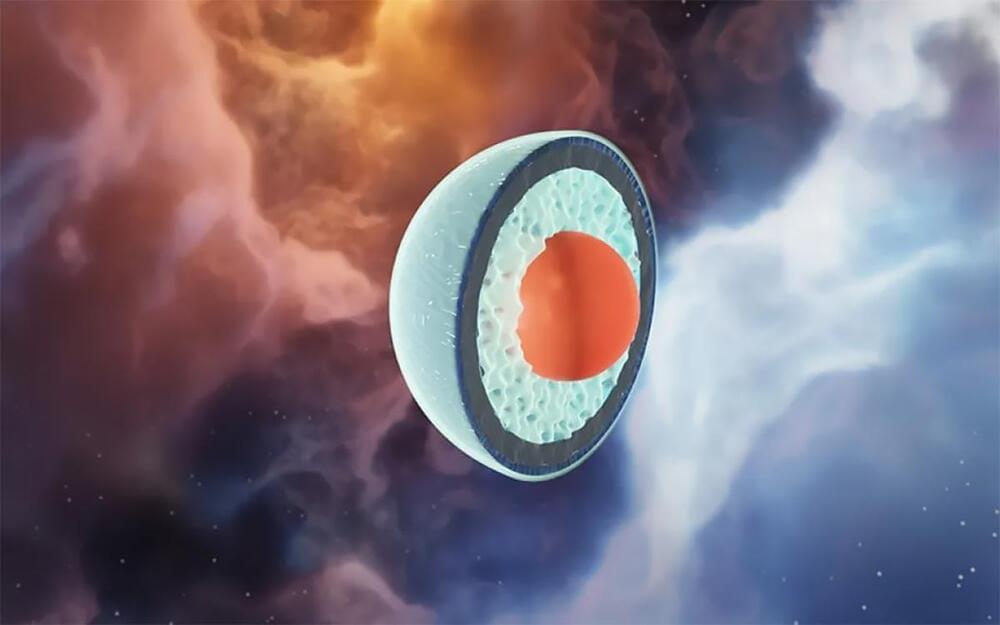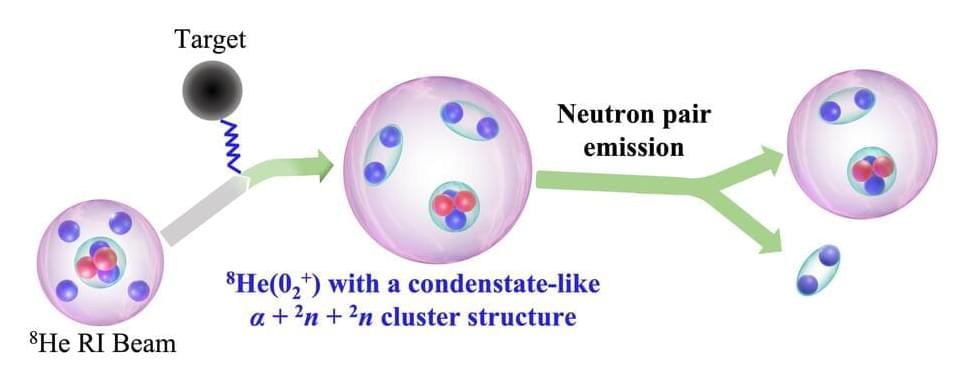Dec 30, 2023
A brief tour of the PDP-11, the most influential minicomputer of all time
Posted by Dan Breeden in categories: military, nuclear energy, robotics/AI, space
Early PDP-11 models were not overly impressive. The first PDP-11 11/20 cost $20,000, but it shipped with only about 4KB of RAM. It used paper tape as storage and had an ASR-33 teletype printer console that printed 10 characters per second. But it also had an amazing orthogonal 16-bit architecture, eight registers, 65KB of address space, a 1.25 MHz cycle time, and a flexible UNIBUS hardware bus that would support future hardware peripherals. This was a winning combination for its creator, Digital Equipment Corporation.
The initial application for the PDP-11 included real-time hardware control, factory automation, and data processing. As the PDP-11 gained a reputation for flexibility, programmability, and affordability, it saw use in traffic light control systems, the Nike missile defense system, air traffic control, nuclear power plants, Navy pilot training systems, and telecommunications. It also pioneered the word processing and data processing that we now take for granted.
And the PDP-11’s influence is most strikingly evident in the device’s assembly programming.

















